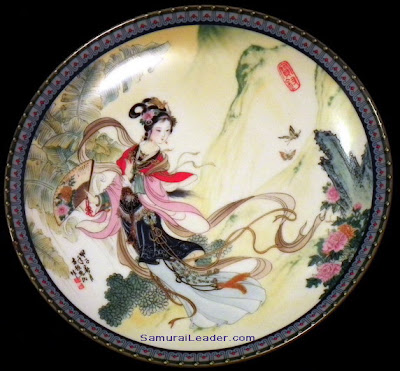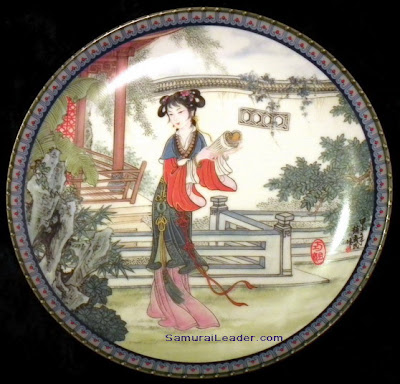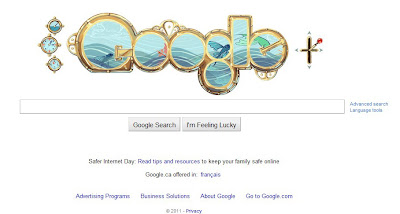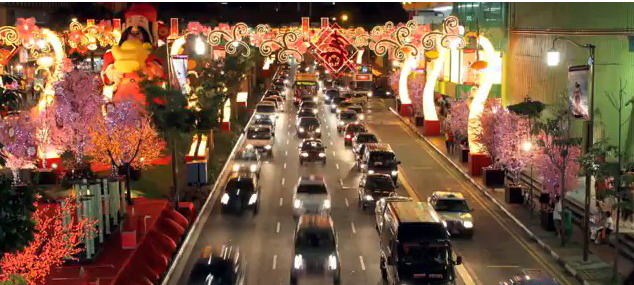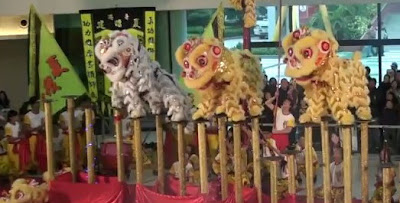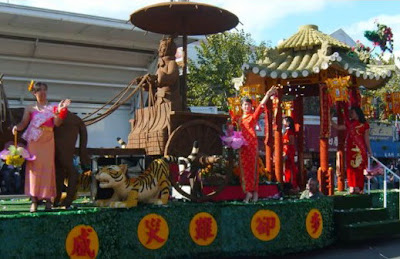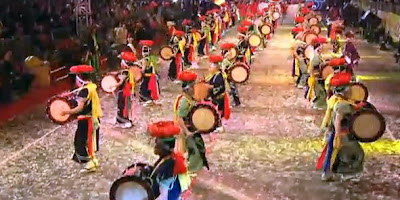The ceramic industry in Jingdezhen flourished during the Yuan dynasty
Nowadays, on the collectibles and antiques markets, can be purchased a wide variety of Jingdezhen Porcelain Products like vases, sculptures, plates and vessels which are much valued. Even the contemporary products are very expensive because of their high quality and the detailed paintings. Well known contemporary manufacturers are: Imperial Jingdezhen Porcelain, Imperial Ching-te Chen or Ketsuzan Kiln. Their high quality products are made in limited editions and usually have certificates of authenticity. Artists as Zhao HuiMin, Zhang Song Mao, Yoshiharo Katoh are painting with dedication porcelain collections with scenes from traditional tales.
One of my "Imperial Jingdezhen Porcelain" collection contains plates painted by Zhao HuiMin with themes inspired by one of the Four Major Classical Novels (四大名著) named 红楼梦 or " Dream of the Red Chamber" or "A Dream Of Red Mansions". There are 12 decorative plates made between 1985-1989 with 8.5'' diameter with Chinese notation on the front and the back, registered through the Bradford Exchange. The Bradford Exchange was founded in 1973 by J. Roderick MacArthur in Chicago, Illinois as a computerized trading center for limited-edition collector's plates.
#1 Pao-chai, named also in story: 薛宝钗 or Xue Baochai having the meaning Precious Virtue
#2 Yuan-chun named also in story: 贾元春 or Jia Yuanchun having the meaning First Spring
#3 Hsi-feng named also in story: 王熙凤 or Wang Xifeng having the meaning Splendid Phoenix
#4 Hsi-chun named also in story: 贾惜春 or Jia Xichun having the meaning Treasuring Spring
#5 Miao-yu named also in story: 妙玉 or Miaoyu having the meaning Wonderful Jade
#6 Ying-chun named also in story: 贾迎春 or Jia Yingchun having the meaning Welcoming Spring
#7 Tai-yu named also in story: 林黛玉 or Lin Daiyu having the meaning Blue-black Jade
#8 Li Wan named also in story: 李纨 having the meaning White Silk
#9 Ko-Ching named also in story: 秦可卿 or Qin Keqing
#10 Hsiang-yun named also in story: 史湘云 or Shi Xiangyun having the meaning Xiang River Clouds
#11 Tan-Chun named also in story:贾探春 or Jia Tanchun having the meaning Seeking Spring
#12 Chiao-chieh named also in story: 贾巧姐 or Jia Qiaojie having the meaning Clever Older Sister

